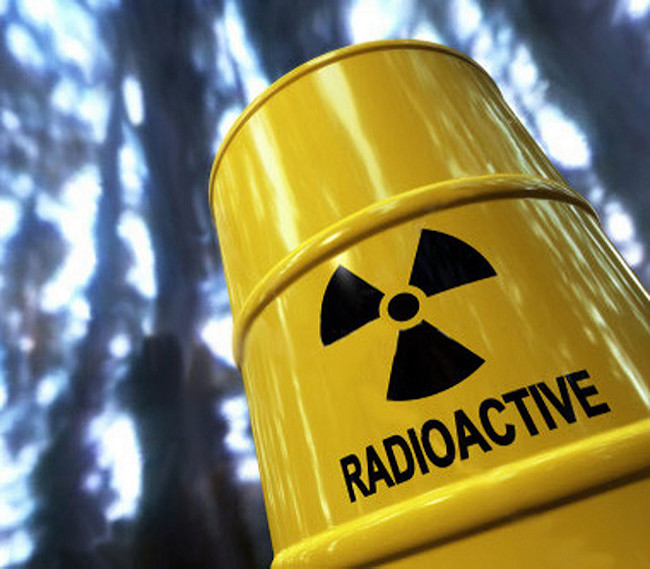The problem of nuclear waste management has seen an effective solution with a new technology that generates electricity from nuclear waste.
This feat was achieved by a team of physicists and chemists from the University of Bristol, who utilized nuclear waste and converted it into man-made diamond batteries that can generate a small electric current for the longest duration.
This much-needed innovation for producing radioactive energy was presented at the Cabot Institute’s sold-out annual lecture – ‘Ideas to change the world‘- on Friday, Nov. 25.
The man-made diamond will produce charge by simply placing it in close proximity of a radioactive source. Most other electricity-generation technologies use energy to move a magnet through a coil of wire to generate current.
Tom Scott, who is a Professor in Materials in the Bristol University’s Interface Analysis Centre and a member of the Cabot Institute, said: “There are no moving parts involved, no emissions generated and no maintenance required, just direct electricity generation. By encapsulating radioactive material inside diamonds, we turn a long-term problem of nuclear waste into a nuclear-powered battery and a long-term supply of clean energy.”
A prototype of the ‘diamond battery’ was demonstrated using a Nickel-63 as a radiation source. Moving ahead, they are now working to improve the efficiency by using the radioactive version of carbon, Carbon-14. It is generated in graphite blocks used to moderate the reaction in nuclear power plants.
The United Kingdom has 95,000 tonnes of nuclear-used graphite blocks. Extracting Carbon-14 from them will reduce its radioactivity, and will prove a cost-effective way of safely storing this nuclear waste.
“Carbon-14 was chosen as a source material because it emits a short-range radiation, which is quickly absorbed by any solid material. This would make it dangerous to ingest or touch with your naked skin, but safely held within diamond, no short-range radiation can escape. In fact, diamond is the hardest substance known to man, there is literally nothing we could use that could offer more protection,” said Dr. Neil Fox from the School of Chemistry.
Professor Scott added: “We envision these batteries to be used in situations where it is not feasible to charge or replace conventional batteries. Obvious applications would be in low-power electrical devices where long life of the energy source is needed, such as pacemakers, satellites, high-altitude drones or even spacecraft. There are so many possible uses that we’re asking the public to come up with suggestions of how they would utilise this technology by using #diamondbattery.”
The lifetime of these diamond batteries will revolutionise the powering of devices.

























